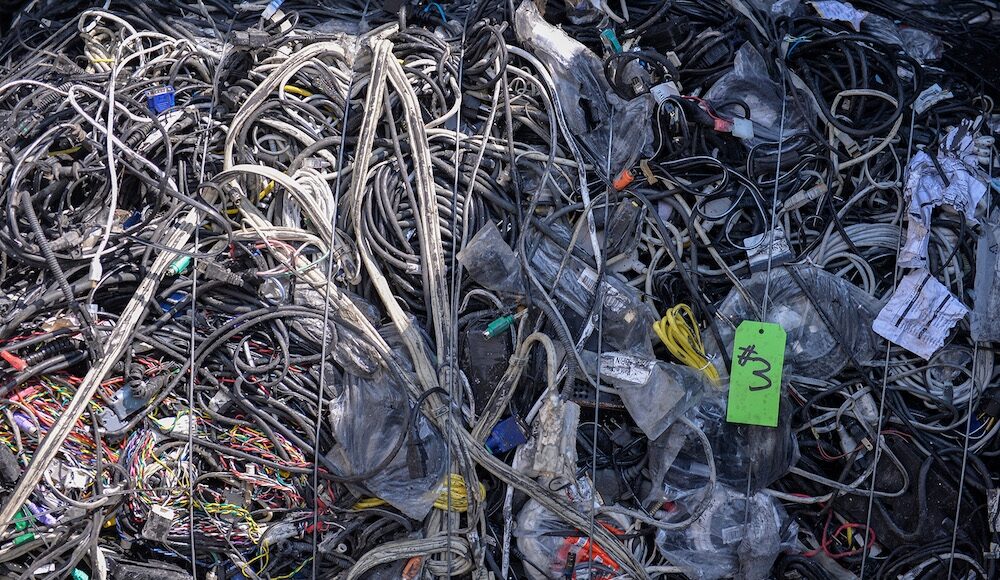APRIL 10 — Following recent public commentary on the proposed Waste-to-Energy (WtE) facility at Lot 3847, Mukim Rawang, Gombak, KDEB Waste Management wishes to address several claims made in a widely circulated opinion piece titled “Batu Arang incinerator dangers: Potentially more disastrous than the Putra Heights fire” authored by YB William Leong Jee Keen.
While we appreciate the writer’s concern for public safety and environmental sustainability — values we also hold dear — it is important that all discussions regarding the project be grounded in scientific facts, engineering principles, and respect for due regulatory processes.
On the use of thermodynamic analogies: Scientific clarification is required
The recent gas pipeline explosion in Putra Heights is a tragic incident involving an uncontrolled release of highly pressurised gas in a non-engineered environment. Drawing parallels between this event and a proposed, highly controlled WtE facility demonstrates a fundamental misunderstanding of energy systems.
The proposed WtE plant will operate within a closed and engineered combustion environment that adheres strictly to thermodynamic laws and international best practices. Unlike gas pipelines, our combustion chambers are designed to contain and regulate heat flow, pressure, and emissions through advanced monitoring and safety protocols.
The proposed Waste-to-Energy plant will operate within a closed and engineered combustion environment that adheres strictly to thermodynamic laws and international best practices. — Picture by Mukhriz Hazim
On the coal seam fire theory: A claim without geological foundation
Claims regarding the risk of igniting underground coal seams beneath the Batu Arang site are speculative at best. Historical coal extraction in the area has significantly depleted the accessible reserves. To date, no verified geotechnical assessment confirms the presence of active or flammable coal seams at the proposed project site.
The project location has been selected based on professional site investigations, soil profiling, and geophysical surveys — in line with internationally recognised standards in civil and geotechnical engineering. Assertions to the contrary lack grounding in current geological data.
On the precautionary principle: Trust the process, not prejudgment
KDEB Waste Management fully subscribes to the Precautionary Principle — but only when applied through evidence-based, methodical assessments. The Detailed Environmental Impact Assessment (EIA) for the Batu Arang project is presently being prepared by certified and independent environmental experts and will be submitted to the Department of Environment (DOE), Malaysia, in due course.
We urge all stakeholders to allow this process to take its course before forming conclusions. Premature assumptions without the benefit of detailed scientific review undermine public trust and risk misinforming the community.
On fear-based comparisons: Inaccurate and unhelpful
Citing incidents like the Centralia coal fire in the US or Australia’s Burning Mountain, while dramatic, does not serve public understanding. These examples involve surface fires ignited under vastly different conditions — none of which apply to a modern, engineered, state-of-the-art WtE facility with robust containment, safety, and emissions management systems.
Our commitment: Transparent, safe, and sustainable development
KDEB Waste Management reiterates its unwavering commitment to safety, transparency, and environmental responsibility. If the Federal Government and the DOE, upon reviewing the Detailed EIA, determine that the project should not proceed, we will fully abide by that decision. Until then, we call on all parties to uphold the integrity of the regulatory process and refrain from propagating unfounded claims.
We welcome constructive dialogue, public feedback, and expert scrutiny. What we cannot condone are fabrications that create fear and confusion without scientific merit.
Let us allow the data, not speculation, to lead us forward.
* This is the personal opinion of the writer or publication and does not necessarily represent the views of Malay Mail.





